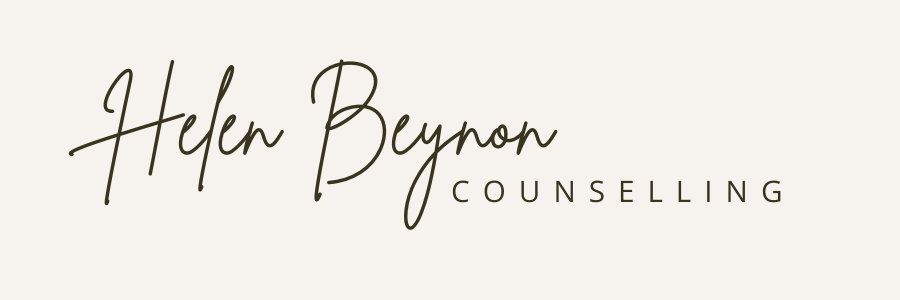Beyond Anxiety: Using IFS and somatic therapy to be more creative
I was recently reading Martha Beck’s new book, Beyond Anxiety, and was pleasantly surprised. You know that feeling when you already knew something – and someone else explains it in a way that offers a new perspective? Not just the basics, but in a way that reinforces a deeper knowing about how we operate as human animals.
This book did that for me. The first section was all about how to calm our “anxiety creatures” – which really delighted me because it’s ALL about using somatic practices and Internal Family Systems. “YES” my nerd part goes, “we know exactly how to do that and we teach it to clients all the time! Huzzah!”
Why do I feel so anxious?
The book does a good job of explaining what’s happening internally when we experience anxiety – but also how that’s reinforced by the world we live in. The way our society prioritizes trying to “grab more stuff” instead of being present and living collaboratively, creatively and compassionately. And with so many human animals running around feeling anxious, we’re all “pinging” off each other’s nervous systems. The collective becomes increasingly more anxious. “YES” my social justice nerd part goes, “we need to look at the systems and the structures that influence people’s health and well-being! It’s not just about the individual”. If you work with me, we’ll absolutely use Somatic Experiencing and Internal Family Systems to help calm and care for your “anxiety creature”. AND, we’re going to call out the external factors that might have shaped it, and might be keeping it on high alert day to day.
Will somatic and IFS therapy help with personal growth?
The second part of the book is about the personal growth that happens “Beyond Anxiety” – what it looks like to live creatively when we get “unstuck”. It's not that being more creative in and of itself reduces anxiety (though it can). Rather, we’re retraining our neural pathways so that the anxious parts - our trauma related threat responses - become less prevalent, creating enough space and safety for new pathways to form.
When we talk about goal setting in therapy, we often want to look at the positive outcomes, not just the negatives. For example instead of saying “my goal is to feel less anxious” we’d look at what you DO want to feel: maybe you want to feel more at peace, or be able to take on a meaningful creative project, or connect more fully with others. Beck asks us to see that we’re not just trying to reduce anxiety so we can be calm all the time. Rather, it opens up space for us to lead far more creative, curious, connected lives (Self-led lives, in IFS language).
A practice to increase connection to curiosity and Self energy
So what are you most curious about? I like Beck’s metaphor of a quilt, where we can start to patch together the elements of curiosity and creativity that speak to us most. There are no limits here, and you don’t have to worry about what it looks like. Want to explore watercolor painting? Great. Learn more about local birds? Fabulous. Plant herbs and try to make tinctures? I’d love to try one when you’re done. Read up on quantum physics? I can’t wait to nerd out about it with you. Make a list of EVERYTHING you’re curious about, no wrong answers. Then make a date with yourself to start exploring one of these more in depth.
If you’re like me, you might have an anxious part that jumps in to say “but what would be the POINT of those things? What if you’re only so-so at them?”. To which I practice responding – the point is to be curious, to create new neural pathways, to soak up existence. There doesn’t have to be a polished end product. Not everything is an extractive transaction.
Or maybe you freeze up when you think about trying to get creative. Shame, perfectionism, old habits and trauma responses can prevent us from being creative. Not starting at all feels safer than starting and failing. If this happens to you, it’s not about having more willpower. We have to slowly unwind those old threat responses. See earlier paragraph re: doing the somatic and IFS practices that help create more safety so you don’t get paralyzed here.
If you also have these parts and want to go deeper on how to respond to them – I’d highly recommend reading the book, or working with a somatic and IFS therapist to unwind these patterns.
Heal trauma and connect more deeply
A revolutionary act, if you have the privilege to take it, is to learn how to care for your own anxiety, to process your own trauma, and to become a safe caretaker for your own system. When you can do that, you become a force for compassion and creativity that ripples out to the people and communities around you.
